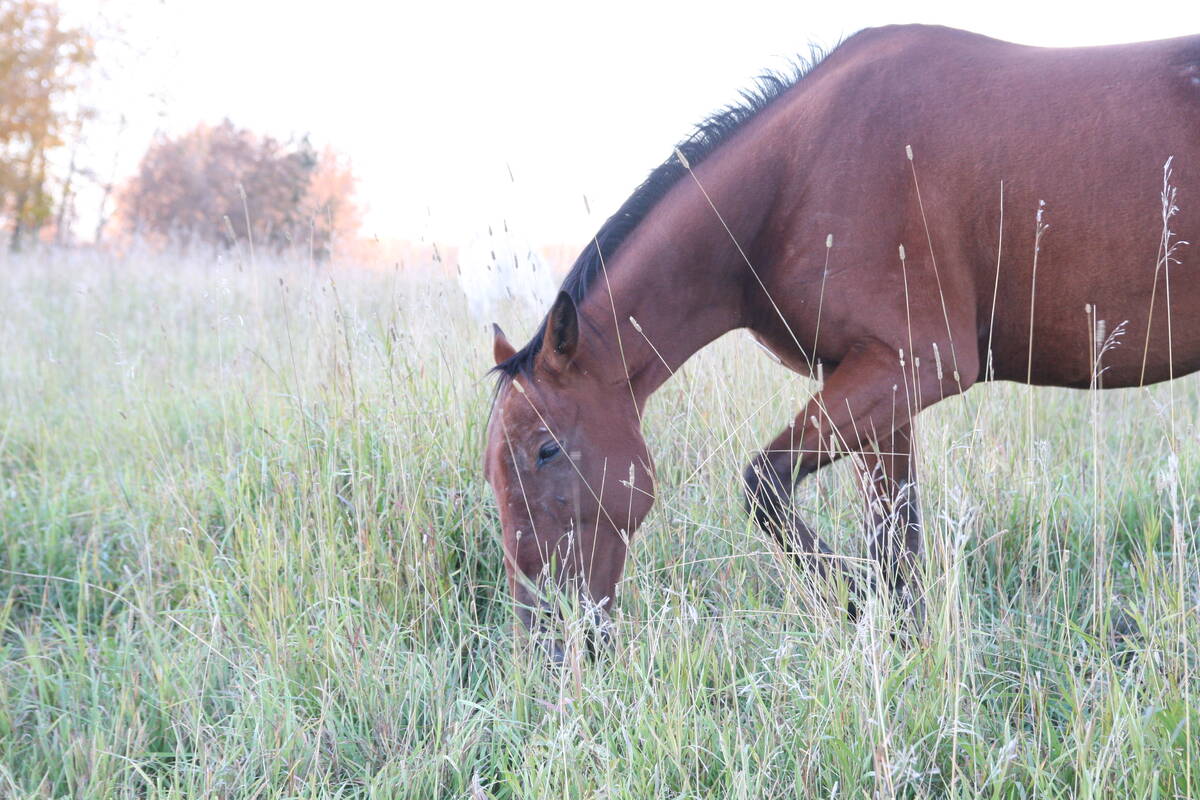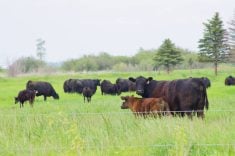When I was a veterinary student, there was a moment that fundamentally reshaped how I understood nutrition.
One afternoon in a lab, we were given what seemed like a routine assignment: observe a drop of bovine rumen fluid under the microscope. As an equine enthusiast, I recognized that this fermentation chamber wasn’t so different from the one found in a horse’s hindgut.
What I saw through that small circular lens was anything but ordinary.
Read Also

Canada told trade crisis solutions in its hands
Canadians and Canadian exporters need to accept that the old rules of trade are over, and open access to the U.S. market may also be over, says the chief financial correspondent for CTV News.
The field of view teemed with life. Microbes of every shape and kind drifted through the fluid.
What struck me most was how they used the strands of plant fibre like tiny rafts — miniature villagers floating down a gentle river. Some clung to the fibres, tucked into crevices as if they’d made themselves at home. Others wove between the plant matter like members of a bustling city during rush hour — alive, purposeful, dynamic.
I had expected to see digestion. What I witnessed instead was an ecosystem.
In that moment, fibre transformed in my mind. It wasn’t just roughage or bulk — it was habitat. Fibre was architecture. It was terrain. The hindgut wasn’t just a hollow tube; it was a living landscape, rich with relationships.
There were bacteria — the primary fermenters — breaking down cellulose and producing volatile fatty acids such as acetate, propionate and butyrate: critical sources of energy for the horse.
Ciliated and flagellated protozoa spun through the fluid, digesting fibre or engulfing bacteria in silent microbial dramas.
Anaerobic fungi were there, too — specialists in breaking down the toughest, most lignified plant material.
But even among this microbial bustle, there were others — smaller, more elusive. Some shimmered just at the edge of focus. I didn’t know it then, but now I wonder if I was seeing something beyond the usual suspects — perhaps archaea.
Under a standard microscope, archaea are nearly indistinguishable from bacteria. And yet, I remember a difference — something in the rhythm of their movement, something primitive. Archaea are among Earth’s oldest life forms, survivors of extreme environments: hydrothermal vents, acidic springs, salt flats.
Some, such as methanogens, reside in the horse’s gut, converting fermentation byproducts into methane. They are descendants of Earth’s earliest living beings — still at work in the bodies of horses.
Beyond the identifiable microbes were even more mysteries: floating biofilms, strange organisms too fast or too strange to name. Science would eventually offer me terms and categories, but wonder came first. And it never left.
The truth that settled in me that day has only deepened with time: fibre is not just food — it is habitat, it is ecology.
Too often, fibre is dismissed as mere “roughage,” as if it were inert, a filler to be grudgingly included.
However, in the horse’s hindgut, fibre is everything. It is scaffold and substrate. It shapes the terrain on which entire microbial civilizations depend.
The diversity, quality and continuity of forage don’t just determine which microbes live there, but how they live, and by extension, how the horse lives.
The gut becomes a kind of inner landscape, mirroring the outer world: a riverbed, a wetland, a forest floor. Just as trees, roots, rivers and leaf litter sustain ecosystems above ground, forage sustains life within the belly of the horse. Remove the trees, and you disrupt the forest. Remove forage — or alter its raw, fibrous form — and you disrupt the inner ecology.
Fiber-rich forage isn’t a trend — it’s a biological necessity. When we alter its structure — by reducing chewing time, interrupting the slow trickle of fibre or replacing it with grains and processed feeds — we disrupt the very architecture of life within the gut.
The old adage “as without, so within” applies here: as the horse forages, so too does the vibrant, unseen community of microbes in their belly.
Fermentation doesn’t happen in a void. It happens in a richly textured environment built from plant fibre. Good forage creates structure, creates habitat. And when we feed the horse well — with long-stem forage, with time to chew, with continuity — we are not just feeding an animal, we are shaping a world within the horse that it relies on to thrive.
That means the quality of forage — its diversity, texture, length and consistency — directly shapes the landscape of the gut. And that inner landscape, in turn, shapes the horse’s health: digestion, hoofs, immunity, energy metabolism and even emotional balance. Forage isn’t an optional part of the diet. It is the foundational. And it matters more than we often understand.
That moment under the microscope now feels like one of the great truths of my education: even in the most routine biological places, life is quietly working together in astonishing and extraordinary ways. When we feed the horse, we are feeding an ecosystem within. And when we feed that world well, we uphold something ancient and wise.
Carol Shwetz is a veterinarian focusing on equine practice in Millarville, Alta.

















